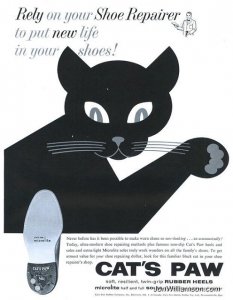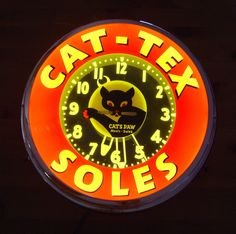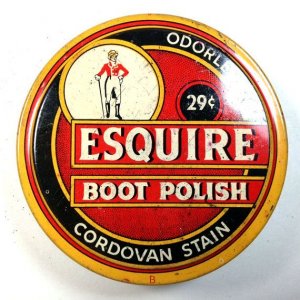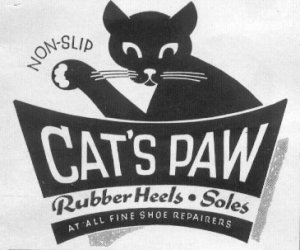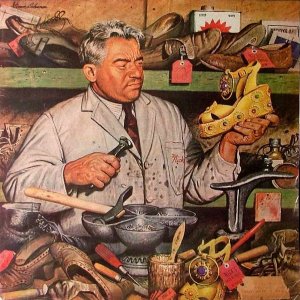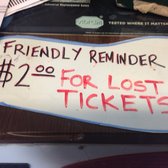There is at least one shoe repair service in town here---Marvin’s Shoe Service.
"Marvin Eberhart started the shoe shop in 1977, and his son Frank started working there at age 15. Marvin passed away on December 14, 2004 and left the business to his sons Frank and Ric."

They still use an old Singer machine for some repairs.

Wonder how they keep the shoes straight? layful:
layful:


"Marvin Eberhart started the shoe shop in 1977, and his son Frank started working there at age 15. Marvin passed away on December 14, 2004 and left the business to his sons Frank and Ric."

They still use an old Singer machine for some repairs.

Wonder how they keep the shoes straight?




